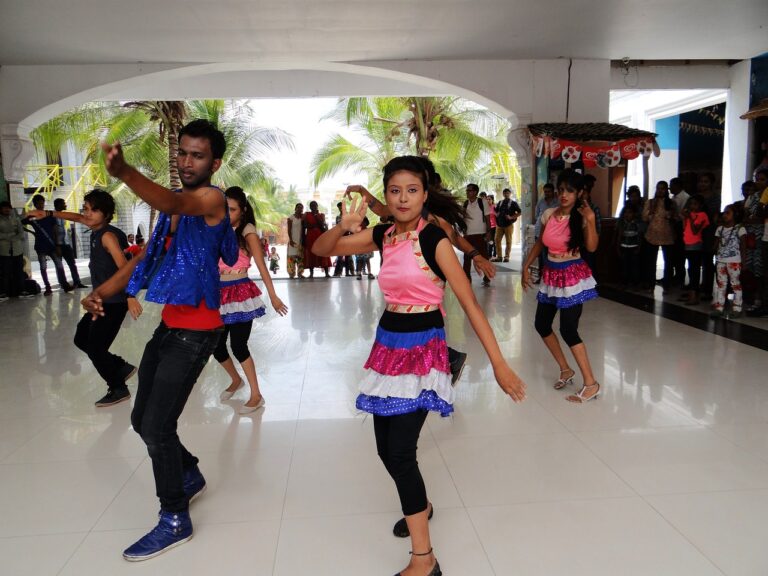The Role of Production Design in Creating Realistic Movie Worlds
Attention to detail in production design plays a crucial role in elevating the overall quality of a film or television show. Every small element, from the props and set decorations to the lighting and color scheme, contributes to the atmosphere and authenticity of the production. Neglecting these details can result in a lackluster final product that fails to captivate the audience and convey the intended message effectively.
By meticulously crafting every aspect of the production design, filmmakers can immerse viewers in the world of the story, making it more believable and engaging. Whether it’s a period piece set in the past or a futuristic sci-fi extravaganza, paying attention to detail helps create a cohesive and visually stunning aesthetic that enhances the storytelling experience. Ultimately, the dedication to getting every detail just right showcases a commitment to excellence and demonstrates the level of professionalism and craftsmanship behind the scenes.
Creating Atmosphere Through Set Design
Set design plays a crucial role in establishing the mood and atmosphere of a film or a theatrical production. From the choice of furniture to the placement of props, every detail matters in creating a believable world for the audience to immerse themselves in. The careful selection of colors, textures, and lighting can evoke a range of emotions and enhance the storytelling experience.
When designing a set, it is important to consider the overall theme and tone of the production. Whether it is a period piece, a romantic comedy, or a psychological thriller, the set should reflect the essence of the story. By paying attention to the nuances of the script and the characters, set designers can effectively transport the audience into the world of the narrative, making the experience more authentic and engaging.
Utilizing Color Theory in Production Design
Color theory plays a crucial role in production design, influencing the overall aesthetic and mood of a film or a stage production. The choice of colors can evoke specific emotions and enhance the storytelling experience for the audience. By understanding the principles of color theory, production designers can create visually engaging sets that resonate with the intended theme or message of the production.
When selecting colors for a set design, it is essential to consider factors such as the characters’ personalities, the time period in which the story is set, and the desired emotional impact on the audience. Warm colors like reds and oranges can convey energy, passion, and warmth, while cool colors such as blues and greens evoke calmness, tranquility, and mystery. By carefully coordinating colors based on their psychological effects, production designers can enhance the narrative and amplify the atmosphere of the production.
What is the importance of attention to detail in production design?
Attention to detail in production design is crucial because it helps create a more immersive and believable world for the audience. Small details can make a big difference in how the set is perceived and can add depth to the overall storytelling.
How can set design help create atmosphere?
Set design plays a key role in setting the tone and atmosphere of a production. By carefully selecting props, furniture, and decor, production designers can establish the mood and enhance the overall storytelling experience for the audience.
How can color theory be utilized in production design?
Color theory can be used to evoke specific emotions and create visual harmony in production design. By understanding the psychological effects of different colors, production designers can effectively convey the mood and tone of a scene. From warm and inviting hues to cool and somber tones, color can greatly impact the overall aesthetic of a production.





